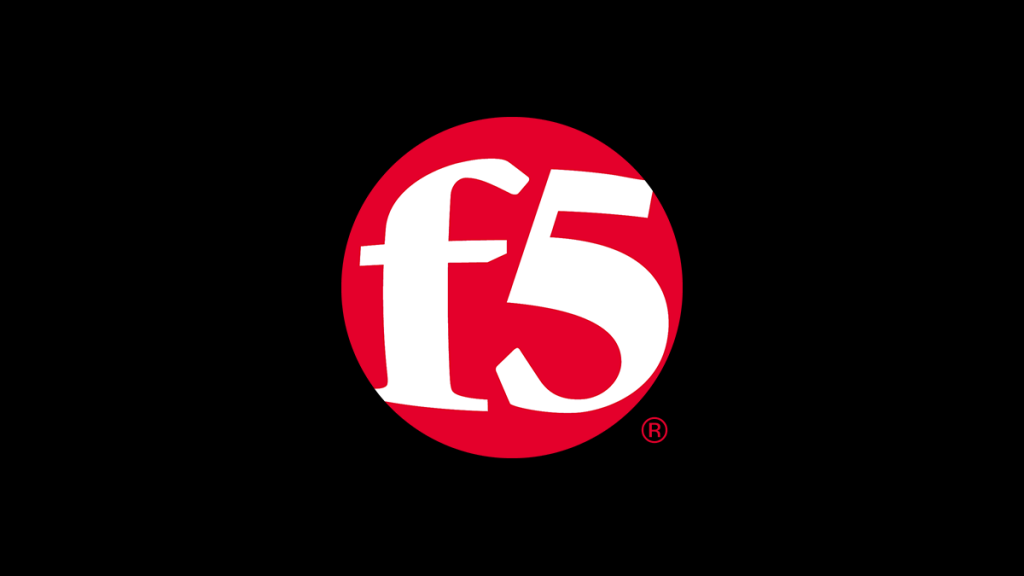
CDNs can be on-premises data centers or be cloud-based. If your website uses free or shared hosting, a CDN can help you use fewer resources, which are usually limited on such platforms. In case your site experiences traffic spikes, CDNs will also ensure that those surges don’t result in exceeding the resource limit. Here are important functions and terms to help you better understand and get the most out of CDNs.
Origin server: In a connected delivery network, an origin server is the server that stores the original copy of a resource that is being requested by a client. A distributed cloud private link can allow you to configure an origin server over a private link.
Caching: A content delivery network caches content (including images, videos, or webpages) in proxy servers that are located physically closer to end users than origin servers. (A proxy server receives requests from and passes them along to other servers.) Because the servers are closer to the user making the request, a CDN can deliver content more quickly. Caching involves those far-flung servers responding to queries and then storing, or “caching” the information for future use. Caching reduces latency. Cached content remains in the CDN cache as long as users continue to request it.
Edge computing: Edge servers (used with edge clients) are a type of edge device that provides an entry point into a network. CDNs focus on transmitting cached data, while edge computing also supports many other types of computing as well, like live streaming, gaming, and AI.
Points of Presence (PoPs): Points of Presence (PoPs) are interconnected using a multi-terabit, dedicated, and redundant private network for maximum performance. These PoPs are densely peered and connected with multiple Tier1 transit providers to deliver reliable high-quality internet access for applications and consumers.

